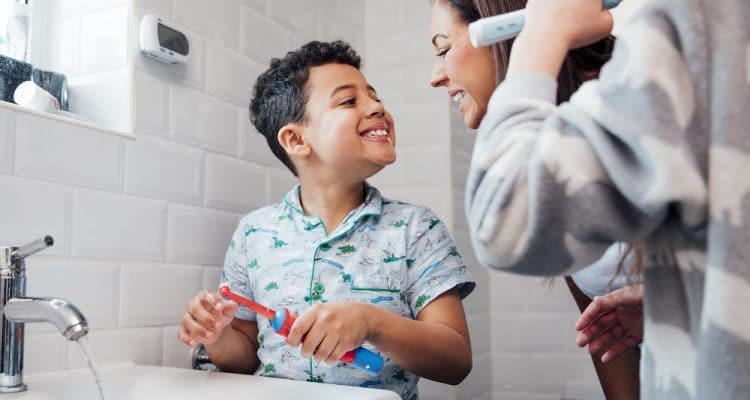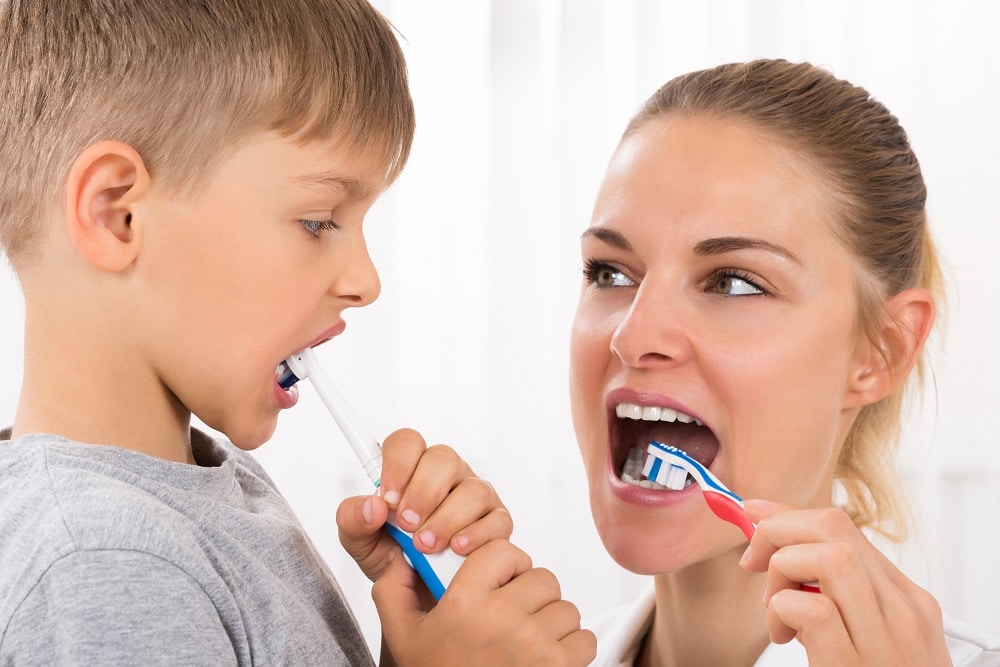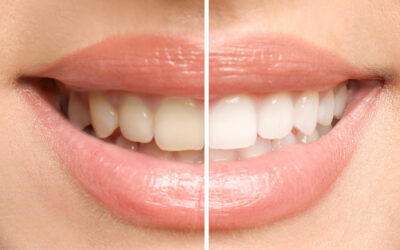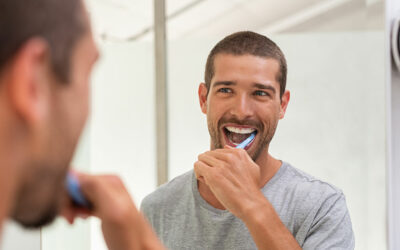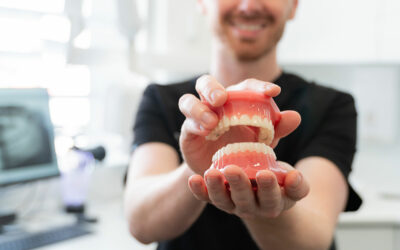Just as important as keeping your child’s teeth clean, and ensuring you begin brushing their teeth as soon as the first tooth appears, is selecting the right toothbrush designed especially for their tiny teeth.
There are two types of toothbrushes for children: manual and electric, which has many parents baffled over which is best. However, as it turns out, which toothbrush is best for your child depends on various factors, which the following overview of both manual and electric toothbrushes for kids will demonstrate.
Are Electric Toothbrushes More Effective at Cleaning the Teeth Than Manual Toothbrushes?
The research shows that electric toothbrushes are more effective at removing food particles and plaque from your child’s teeth than manual toothbrushes. On top of this, electric toothbrushes do offer another advantage over manual toothbrushes in that they are easier to use. In fact, many adults also prefer electric toothbrushes for their ease of use.
Manual toothbrushes require knowing and implementing the proper brushing techniques, which can make it difficult for children to effectively remove plaque and food debris from the enamel, resulting in poor oral hygiene, which can lead to many dental issues.
However, electric toothbrushes help make it easier to effectively brush your teeth because they are designed to perform the proper brushing techniques for you, which helps ensure clean, healthy teeth every time.
As a matter of fact, if during your child’s annual checkup, the dentist notices that your child has poor dental hygiene, he or she may recommend an electric toothbrush over a manual toothbrush for your child to help ensure they are effectively removing all traces of plaque and food debris from the teeth for a cleaner, healthier mouth.
If your dentist notices that your child is brushing too hard, which can wear away the enamel as well as the gum line, he or she may also recommend an electric toothbrush over a manual toothbrush because it applies just the right pressure to avoid damaging your child’s teeth and gums, which can lead to various dental issues later.
However, as long as your child shows no signs of poor dental hygiene, gum damage, or enamel abrasion, then a manual toothbrush is just fine. Just be sure to select a manual toothbrush that is designed with a small enough head to make it easier to reach difficult areas for more effective brushing.
What Makes Electric Toothbrushes Easier to Use?
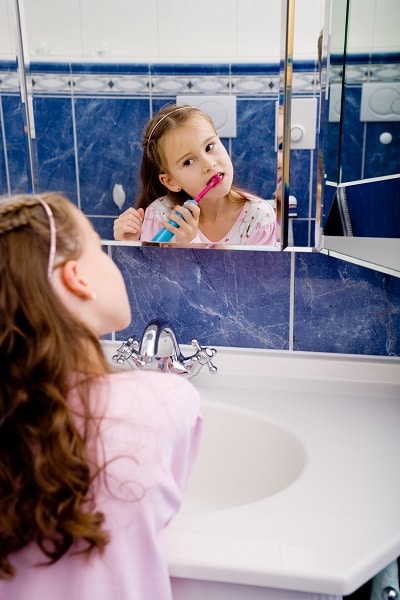
And, like all children’s toothbrushes, electric toothbrushes also include a wider handle that makes it easier for children to grasp as well as comfortable to hold, which makes it easier to manage.
When selecting an electric toothbrush, be sure to select a trustworthy brand with a small, automatic head. You should also opt for a rechargeable brush as opposed to a battery operated one because the toothbrush’s function will begin to slow in relation to the battery life.
Also, manufacturers recommend that children under the age of 3 should only use an electric toothbrush under the strict guidance of an adult. Therefore, be sure to closely supervise any toddler using an electric toothbrush to avoid injury.
Are Electric Toothbrushes Preferred Over Manual Toothbrushes by Children?
For some children, electric toothbrushes are fun and exciting; however, some children find electric toothbrushes intimidating due to their buzzing sound and vibration, which may take some time for them to get comfortable with.
You should also keep in mind that some children simply prefer the traditional method of tooth brushing, which includes moving the brush in a circular motion, as opposed to the motion needed to operate an electric toothbrush, which requires you to move the brush over each tooth at a time.
Which Is the Best Toothbrush for My Child?
The goal is to find a toothbrush that your child really likes, which will help encourage him or her to not only use it but properly. Therefore, when choosing a toothbrush for your child, begin by accompanying him or her to the local pharmacy store, supermarket, or even the dental clinic, so they can examine the large assortment of toothbrushes to select the one that makes them happy.
Manual toothbrushes are pretty simple and straightforward; however, they come in a wide array of fun colours and designs to appeal to young children. Some even include handles that resemble various popular characters to help make brushing more fun.
Electric toothbrushes also come in many neat colours to appeal to young kids. However, some also include music, lights, sound effects, and more, to help encourage your child to continue to brush for a full two minutes, which is the recommended time limit for proper brushing.
You might also consider letting your child try out an electric toothbrush as well as a manual toothbrush to get a general idea of which toothbrush your child likes the best and is most comfortable using.
Once your child decides on a toothbrush that they like, it will help encourage them to brush for two minutes, twice a day, so they start to develop good dental habits that can benefit them from this time forward.
In addition to encouraging your child to practise proper brushing habits, it is also equally important to schedule a dental appointment for a checkup and professional cleaning at least two times a year, or once every six months. By doing so, it will enable your dentist to thoroughly inspect your child’s teeth and gums to ensure he or she is brushing properly and then assist them with implementing the right techniques if needed. It will also help the dentist identify potential dental issues early, so they can be treated before they become bigger issues later.
In the end, no matter which toothbrush your child chooses, you should be sure to swap out the toothbrush or the toothbrush head for a new one at least once every 3 months or after your child has been sick to prevent the brush from harbouring bacteria . However, if you are undergoing any type of orthodontic treatment, you will need to swap out the toothbrush more frequently, or at least once every 6 to 8 weeks.


